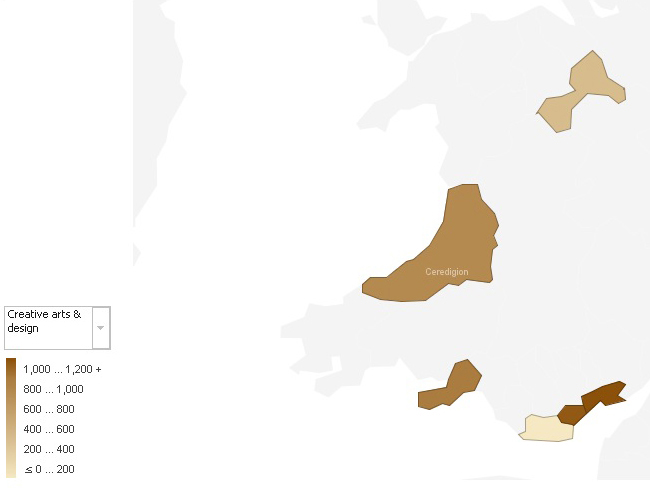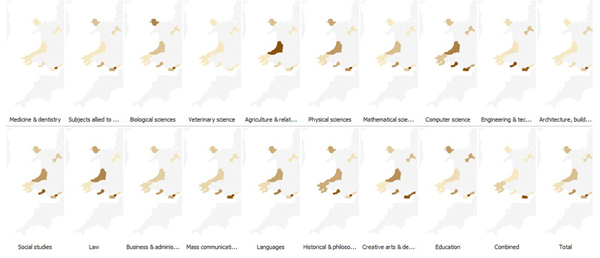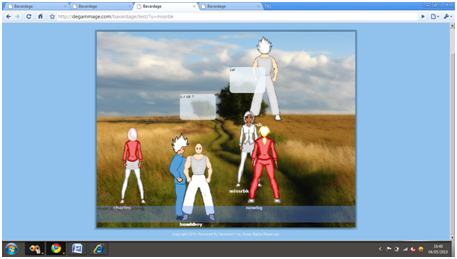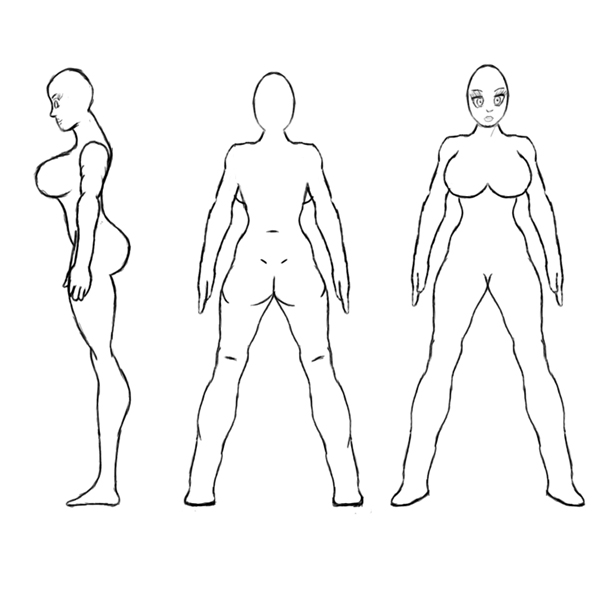
Shopping is a time consuming process; the rhythm of our lives, jobs and other activities goes so fast that we hardly find time to shop properly. The current technologies provide us solutions to speed up the process by shopping online. But even online, shopping remains a task that involves some effort, thinking and time for every purchase. Sometimes you just don’t feel like doing it; or you got a lot of other things to do. Further, we are sometimes so busy that we may just forget to do it.
Another thing is that it may be such a pain. Sure, it's fun to shop for new clothes and shoes. But it’s not fun to go get vegetables and meat every week.
The solution
What if you could just decide once what should be there in your fridge at all times and not worry about it again? You could just have what you want at all time without having to regularly spend the effort, time and thinking that food shopping require. And that's what the new Google Supply Search Engine (GOOSE) is all about....
Read more

This study is a comparative study of two particular types of visualization techniques in detail.
We chose to study the map-based visualization and the bubble charts because they had been the most fascinating visualizations throughout this study. We are going to compare those two types on many factors.
Defining the visualizations
A thematic map is a type of map or chart especially designed to show a particular theme connected with a specific geographic area. These maps can portray physical, social, political, cultural, economic, sociological, agricultural, or any other aspects of a city, state, region, nation or continent....
Read more

This study is about the production and the description of some advanced visualization charts related to the higher education in South West Wales. Some real data had been made available to complete this task and the objective is to get some meaningful and interesting insight about the data.
The tool used is IBM Many Eyes. It’s a web service that lets user upload data sets and can turn them into various visualizations. There were a lot of choices but only advanced visualization types (especially maps) had been highly recommended rather than basic charts. Further, graphs that show rises and falls over time had to be avoided as the provided data was not time oriented. So the five visualization types demonstrated here are block histograms, bubble charts, maps, matrix charts and tree maps....
Read more

This article is a follow up to my previous article on my internship at General Electric. It’s just a short note to sum up some important things I learnt.
1. Theory learnt in class is actually applied in the industry: there are some things that you learn in university you will probably never use again but other things you will use every day of your life. At the beginning I was like, who cares if the 7 layers of the OSI model are the application, the presentation, etc.? And who care about normalising the databases until it is in Boyce-Codd normal form? Actually a lot of people take those things very seriously.
2. Documentation is important. I used to see it as a time consuming process that was barely worth doing. Now I understand how it increases teamwork efficiency....
Read more

General Electric is a USA based multi-national company, where I worked as an intern over this summer. This 100+ years old corporation operates in more than 180 countries with more than 300,000 employees. GE's broad range of products are from jet engines to power generation equipments, financial services to media content. The unit I have been working for was GE Energy....
Read more
I spend a good deal of my time trying to understand what is unusual about successful start-ups founders and product creators, that is, what is special about their way of doing things. Hence we can infer some attitudes and "design patterns" that are often found among these people. Here is a (non-exhaustive) list of traits that I have noticed in these people....
Read more
Enough talk. This one will be my last post on Bavardica (for this version at least). I now need to get back to work. Anyway, this is just a summary of the most important lessons I learned from building and publishing Bavardica. I sincerely hope you get some useful information (or reminder if you already knew all of this) from that. ( PS: a working version of bavardica is available at www.bavardica.com )
1. Nobody will use an application unless it provides some value, something interesting they don’t already find in what they normally use. This is so true, even for free applications. They might try it but they would give it up quite soon if there is no actual incentive.
2. The very fact that they are asked to register will discourage many people from trying a web application. The most obvious causes might be that they don’t want to waste time doing it, or they don’t want to give away their details for privacy purpose. So at least a trial version should be offered to visitors without registration so that they can see what it’s all about before they make any decision....
Read more

A few years ago, I could easily spend hours sitting in front of the computer, watching photos on Facebook or on Hi5. That's right, if people publish their photos, the whole point is that we can watch those indeed.
Sometimes I went on profiles of people I didn't even know! When I was asked what I was doing, I used to answer: I look at people's prosperity! Actually, I was a little envious!
I have so many projects running through my mind, so many dreams still unrealised, that sometimes I have these "down" periods, when I feel that everyone is happier than me and that I am running late! Not specifically late with regard to others, but mostly late on the vision that I have for myself!
I envied those who were able to reach some of my dreams and who don't always realise that they are privileged! I also envied these people who enjoyed their youth in the fast lane because, stuck in my perpetual "school-house-sleep" routine, I might not have had any interesting story to share with my children!
But at least, it's fortunate that I happen to be the prime confidant among my connexions. Therefore, for lack of better insight, I would still have the experience of others as a reference point!
And then one day I realised that no one ever photographs their bad times!...
Read more

This is the last part of the series on Bavardica. Apart from a user friendly and colourful user interface, the other features include the edition of the character outlook in real time (while on the scene). Here again, hair style, skin, clothes and shoes can be changed. Additionally, colours of all those garments can also be changed. The way it works is pretty similar to the way a character is created.
In the meanwhile, some other functions had been added:...
Read more

How I draw the 2D characters
Due to the nature of the drawing art, which is not really computer science related, I thought it was best to describe this process in another part right after the progress description. This work had been a full part of the project and even though it does not directly concern programming (before we get into animation), it is also a computer work involving a pen tablet and some image processing software (Adobe Photoshop). The following screenshots describe the steps in the drawing of one character (out of four)...
Read more